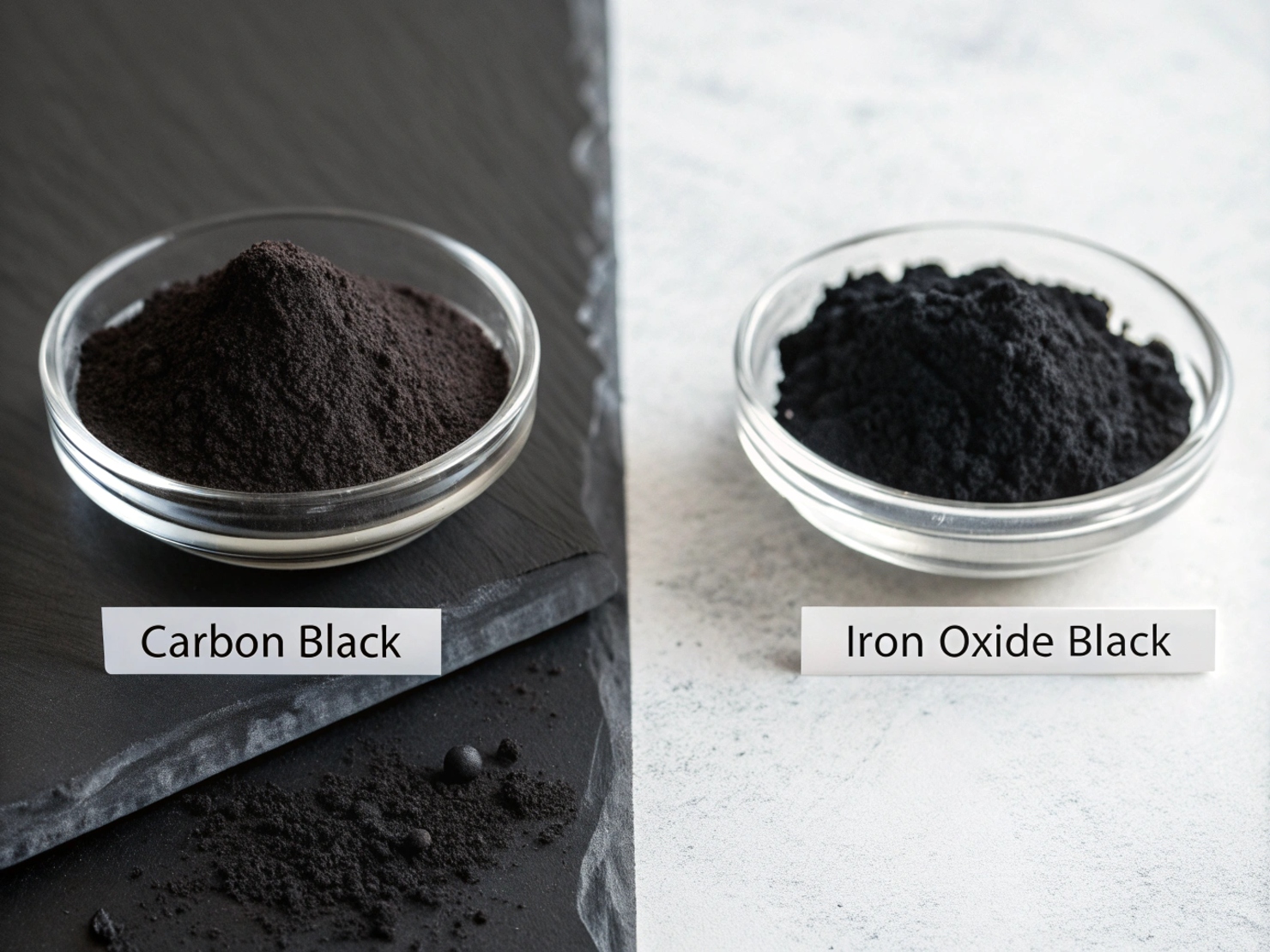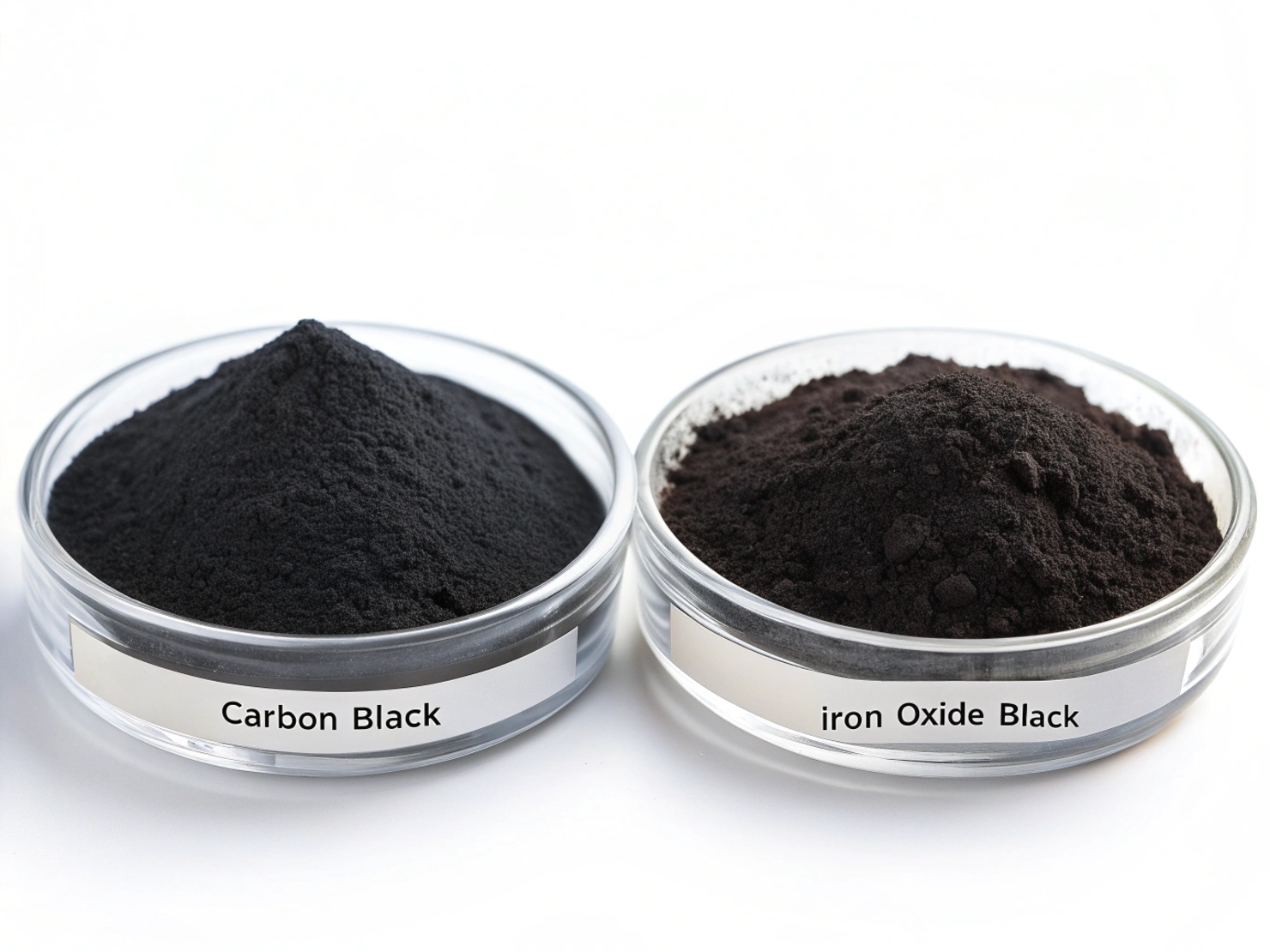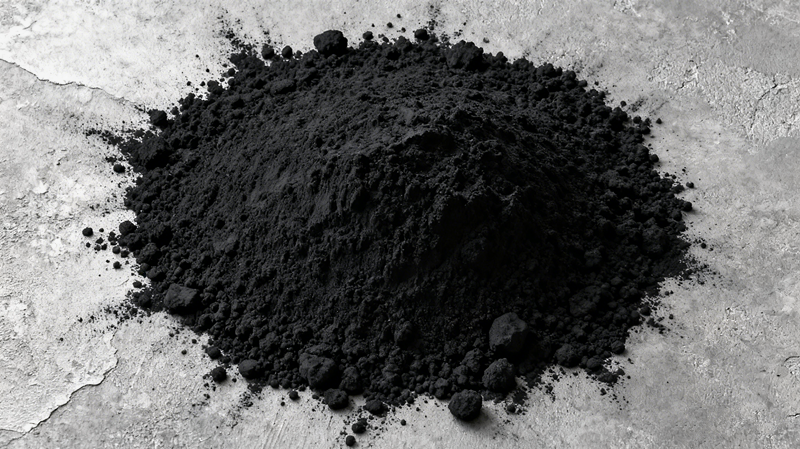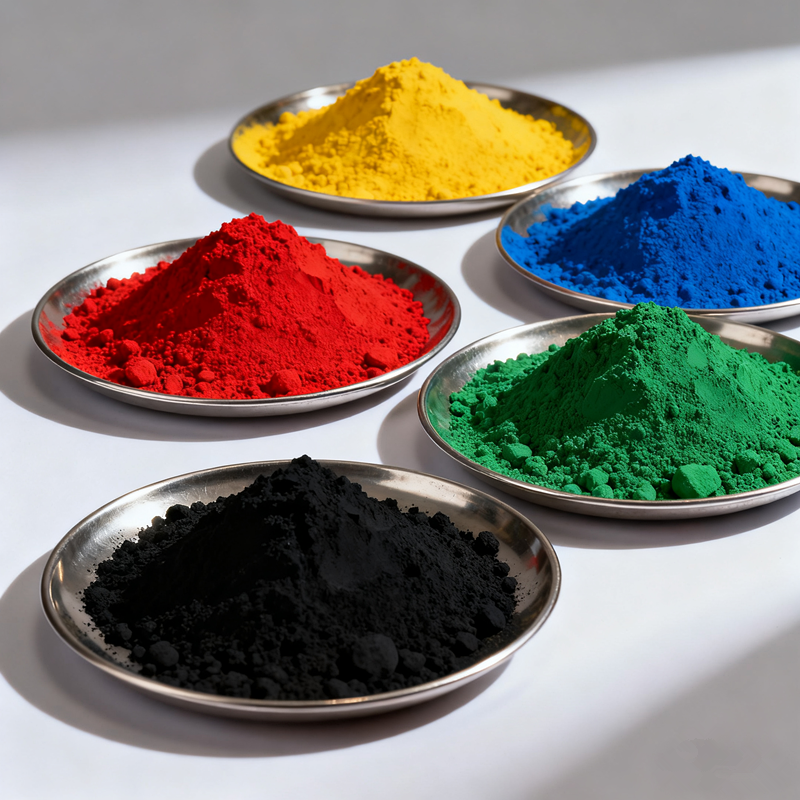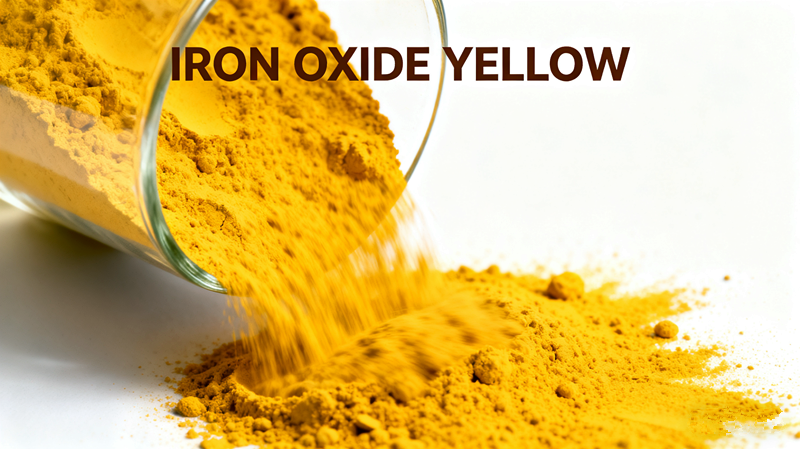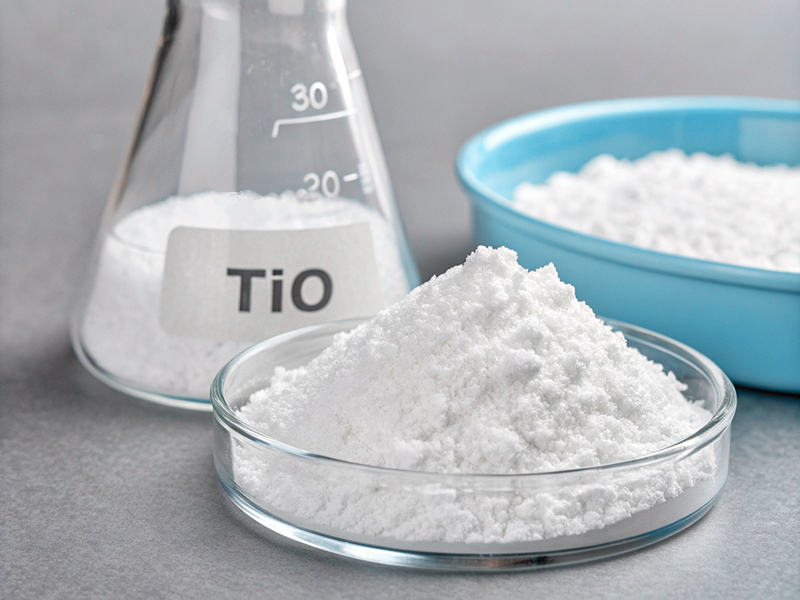In the world of industrial and artistic pigments, carbon black and iron oxide black represent two fundamentally different materials that serve similar purposes—but with markedly different properties, advantages, and application profiles.
Production Processes
Carbon black1 is manufactured through the incomplete combustion of hydrocarbons—such as petroleum products or coal tar—in a controlled furnace or thermal decomposition process. It is composed almost entirely of elemental carbon with extremely fine particulate structure and high specific surface area.
In contrast, iron oxide black2 (commonly known as Mars Black, Pigment Black 11, or magnetite, Fe₃O₄) is synthesized via oxidation or combustion of iron compounds and is considered an inorganic pigment with a crystalline iron‑oxide chemistry.
Carbon black is categorized as pigment carbon black, reinforcing carbon black, or conductive carbon black, depending on specific characteristics and use cases.
Visual and Physical Characteristics
- Carbon black delivers an extremely deep, uniform blackness with very high tinting strength—often outperforming other blacks in perceived darkness.
- It also has very small particle size (often in the nanometer range) and a large surface area, which improves dispersion and tinting efficiency.
- Iron oxide black tends to exhibit a slightly brownish or colder hue, lower tinting strength, and larger, coarser particles, which leads to softer color appearance.
The lightfastness and weathering stability of iron oxide black is generally excellent—rated ASTM I—with minimal tendency to shift hue over time.
Dispersion and Processing
Because of its extremely fine particle size and hydrophobic surface, carbon black can be difficult to disperse in aqueous or conventional paint systems—and often requires specialized formulations or milling techniques.
Conversely, iron oxide black is easier to disperse, more stable in suspension, and less prone to sedimentation, making it suitable for waterborne coatings and cementitious systems.
Performance and Durability
-
Carbon black3 excels in high-performance applications:
- Opacity and UV resistance
- Reinforcing properties in rubber and plastics
- Indispensable in automotive tires, high‑durability coatings, inks, and conductive composites
- Iron oxide black4 is valued for:
- Chemical stability and inertness
- Ideal for long‑term pigments in building materials, ceramics, and artist’s paints
Safety and Environmental Considerations
- Iron oxide black is generally non-toxic, biocompatible, and environmentally benign—often used in cosmetics, food packaging, and permanent makeup.
- Carbon black, however, is classified by IARC as possibly carcinogenic to humans (Group 2B), primarily due to inhalation exposure in industrial settings. Short‑term exposure can irritate the respiratory tract, so strict exposure limits are enforced during production.
Application Comparisons
Paints and Coatings
- Carbon black: Provides deeper blacks, superior UV durability, and opacity—preferred in high-end coatings and industrial finishes.
- Iron oxide black: Economical for colorants where long-term hue stability is critical.
Rubber and Plastics
- Carbon black5: Adds color and reinforces mechanical properties, increasing tensile strength and abrasion resistance in tires, hoses, and molded goods.
- Iron oxide black: Mainly used for coloration—no reinforcing function.
Permanent Makeup and Tattoo Pigments
- Iron oxide black: Biocompatible and fades naturally over time—ideal for cosmetic applications.
- Carbon black: Offers intense blackness but can migrate or clump if not professionally applied.
Summary and Practical Guidance
The choice between carbon black and iron oxide black depends on application:
-
Choose carbon black6 for:
- Maximum blackness and opacity
- UV resilience and reinforcement properties
- Rubber, plastics, inks, and performance coatings
-
Choose iron oxide black7 when:
- Safety and chemical stability matter
- Long-term hue integrity is essential
- Used in building materials, paints, and cosmetics
Both pigments remain vital in multiple industries—each offering distinct benefits, challenges, and performance trade-offs.
-
Exploring this link will provide insights into the diverse uses and advantages of Carbon black in various industries. ↩
-
Explore this link to understand the unique properties and applications of iron oxide black in various industries. ↩
-
Explore this link to understand how Carbon black enhances performance in various industries, including automotive and coatings. ↩
-
Explore this link to understand the unique properties and advantages of Iron oxide black in various applications. ↩
-
Explore this link to understand how Carbon black enhances product durability and performance in various applications. ↩
-
Explore this link to understand the unique benefits of carbon black, including its superior blackness and UV resilience. ↩
-
Discover why iron oxide black is preferred for safety and hue integrity in paints and building materials. ↩



